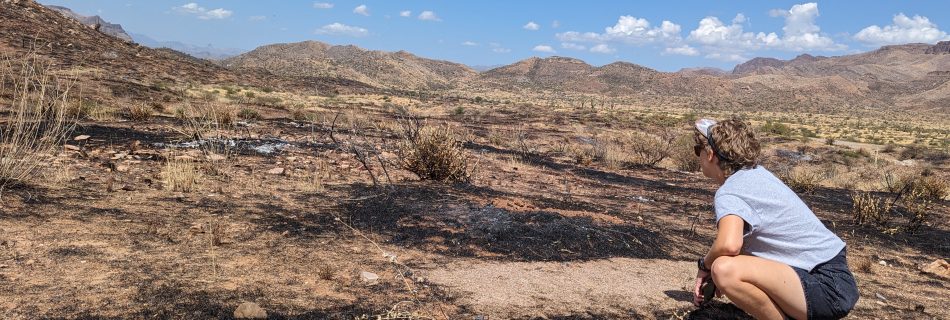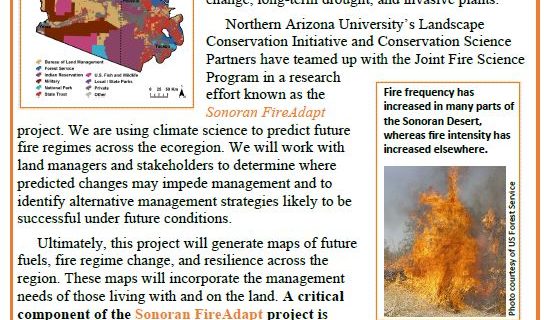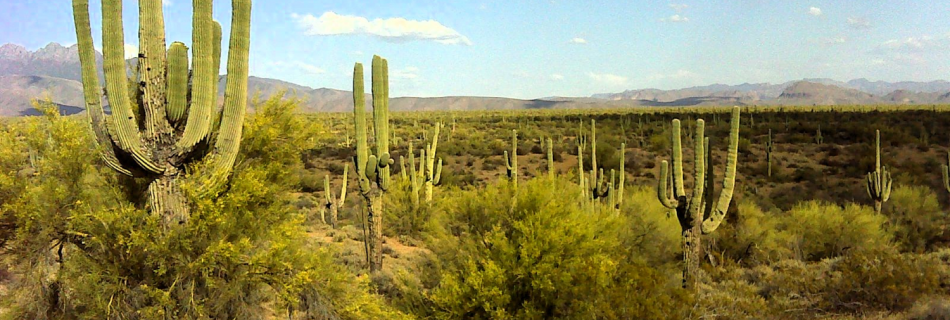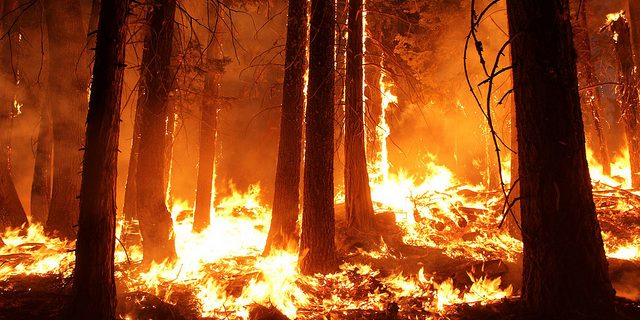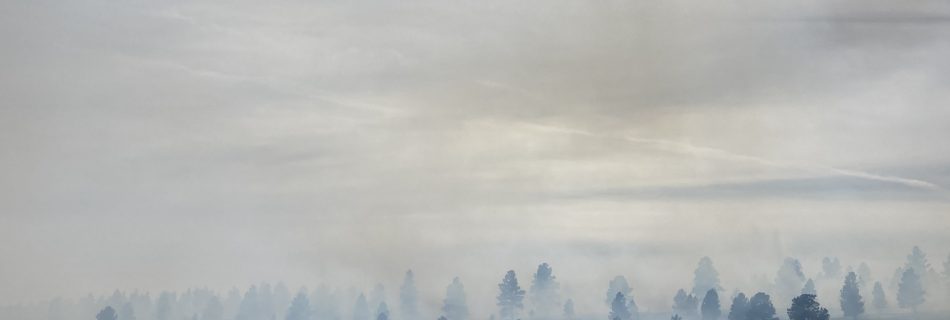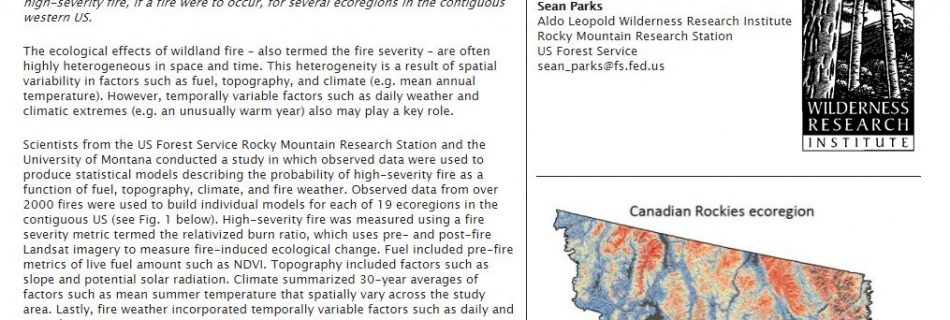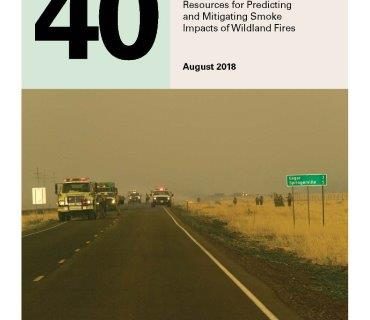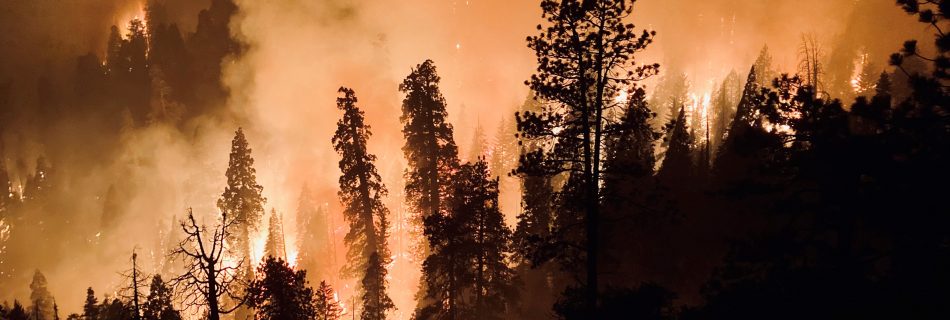In a nutshell: Learn about the potential uses of biological soil crust sods (biocrust sods) for degraded soils restoration and as fire and fuel breaks in desert environments. Date/Time: Wednesday, August 27, 2025 at 11am AZ / 12 pm Mountain Time Description: Biocrust sods (portable islands of lichens, mosses, cyanobacteria, and other organisms that form …
Read more “Stop, Drop, and Roll Out the Biocrust Sods: Targeting the Grass-Fire Cycle Through Soil-Surface Rehabilitation”
CART: Determining Prescribed Fire Compatibility with Masked Bobwhite Quail Habiat Rehabilitation_1(1)
Presenter: Clare Aslan, Northern Arizona University Date: May 30, 2019 1-3pm AZ (2-4pm MDT) Arizona’s Sonoran Desert is home to unique species, sites of immense cultural and historical value, and more than 5 million people. This sensitive region is also threatened by a changing fire regime, spurred by climate change, long-term drought, and invasive plants. We used social …
Read more “May 30, 2019: Sonoran FireAdapt Project”
SW Wildfire Research Pubs : Summer 2024
In a nutshell: Presenters from University of Arizona discuss how wildland fire managers use decision support tools and how those weather and climate tools can be revised or reinvented to better fit managers’ needs. Recorded on: Thursday, June 26, 2025 Description: Three short presentations about recent work from the University of Arizona on understanding how …
Read more “How do Fire Managers use Information?: Developing Practical and Usable Weather and Climate Information for Southwest Wildfire Management”
Presenter: Stephanie Mueller, Northern Arizona University Date: May 22, 2019 12pm Mountain Daylight Time (11am AZ time) Over the last 30 years, in woodland and forested ecosystems across the southwestern US, there has been an increasing trend in fire activity. Altered land use practices and more recent changes in precipitation patterns and warmer temperatures are …
Read more “May 22, 2019: Do trends in climate influence the increase in high-severity wildfire in the southwestern US from 1984 to 2015?”
IN A NUTSHELLReview of the history, policies, and challenges behind “managed wildfire”, the fire management strategy of leveraging natural ignitions for resource objectives and community benefit. Description: The topic of “managed wildfire” is mired in complexity, starting with what to call it. This fire management approach has been known as “prescribed natural fire,” “wildland fire use,” …
Read more “Policy & Managed Fire”
Presenter: Sean Parks, Research Ecologist, Aldo Leopold Wilderness Research Institute, Rocky Mountain Research Station, US Forest Service Date: October 10, 2018 11am AZ/12pm MDT The ecological effects of wildland fire – also termed the fire severity – are often highly heterogeneous in space and time. This heterogeneity is a result of spatial variability in factors …
Read more “October 10, 2018: Modeling and mapping the potential for high severity fire in the western U.S.”
Resources for predicting and mitigating smoke impacts of wildland fires PDF. Working Paper 40, August 2018, by Caleb Stotts, Pete Lahm, and Claudia Standish Factsheet also available here. Fact Sheet, August 2018, by Caleb Stotts, Pete Lahm, and Claudia Standish Fire managers use prescribed fire and some wildfires to meet resource management objectives, like restoring and maintaining …
Read more “Resources for predicting and mitigating smoke impacts of wildland fires”
Presenter: Patrick H Freeborn, PhD, Research Physical Scientist with the USDA Rocky Mountain Research Station Date: December 6, 2022 at 12 MDT Wildfire activity typically subsides sufficiently enough at night to provide firefighters with opportunities to rest and recover. However, nighttime fire operations are not uncommon. Whilst favorable conditions may enable better fire management progress, …
Read more “Nighttime Fire”

